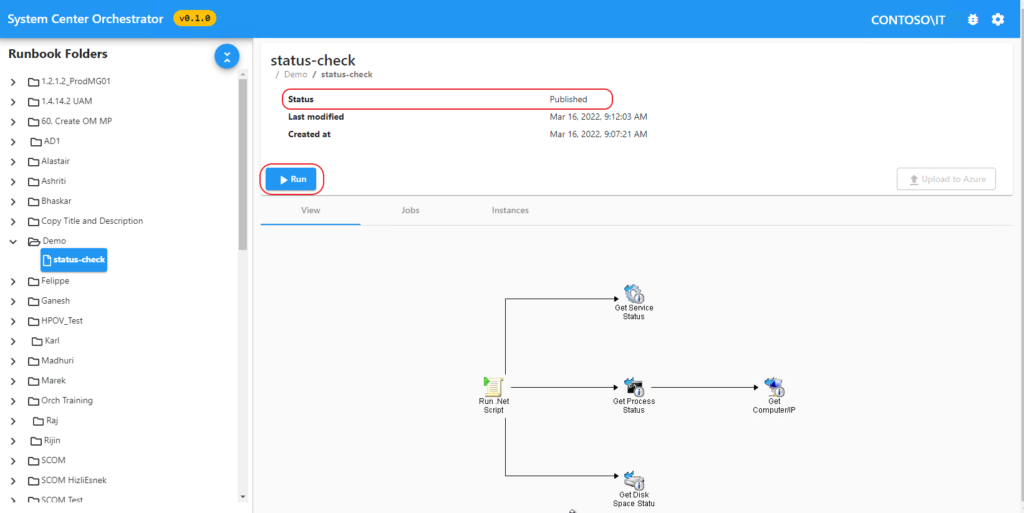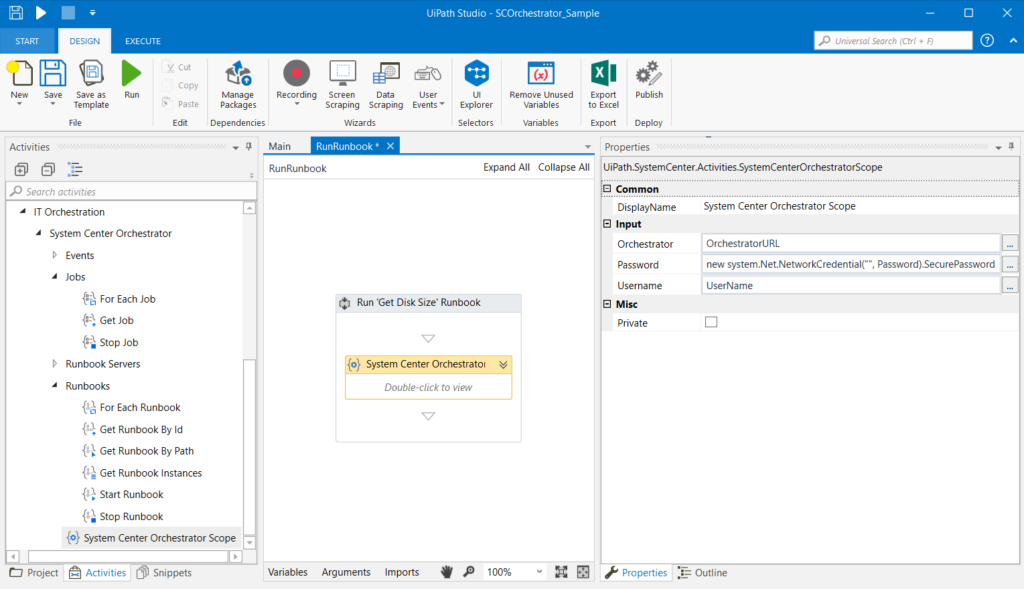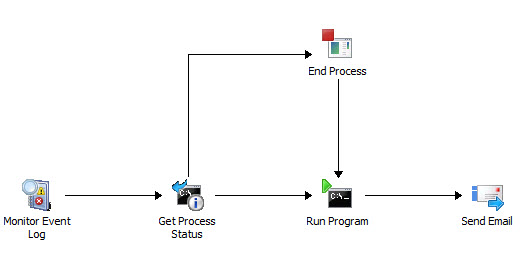Microsoft System Center Orchestrator 2022 is a powerful automation tool that helps IT professionals manage workflows efficiently. One of its useful features is the Get Lines Activity, which allows users to read specific lines from a text file or a data source. If you’re new to MS Orchestrator 2022 and want to learn how to use the Get Lines Activity, this guide will walk you through everything step by step. By the end of this article, you’ll be able to implement Get Lines Activity in your workflows without any confusion.
What is MS Orchestrator 2022?
MS Orchestrator 2022, part of the System Center suite, is an automation tool designed to help IT administrators create, manage, and execute workflows (called runbooks) across different systems. It allows organizations to automate repetitive IT tasks, reducing human errors and improving efficiency.
With Orchestrator, users can:
- Automate server management tasks
- Integrate with third-party applications
- Schedule and trigger processes automatically
- Monitor IT systems for specific conditions and respond accordingly
Orchestrator is especially useful for IT teams managing complex environments where multiple applications and services need to communicate seamlessly.
Understanding Get Lines Activity in MS Orchestrator
The Get Lines Activity is a feature within MS Orchestrator that allows users to read lines from a text file or another data source. It is useful for scenarios where:
- You need to extract specific information from logs or reports.
- You want to process text-based data automatically.
- You need to read and filter large files to find relevant data.
This activity is commonly used in runbooks that deal with log analysis, data extraction, and automation tasks that involve reading structured text files.
How to Use Get Lines Activity – Step-by-Step Guide
To use the Get Lines Activity, follow these steps:

1. Open MS Orchestrator 2022
Start by launching Microsoft System Center Orchestrator 2022 on your system. If you haven’t installed it yet, make sure to download and install it first.
2. Add a New Runbook
A runbook is a workflow that contains different automation activities. To create a new runbook:
- Open Runbook Designer.
- Click on File > New > Runbook.
- Name your runbook appropriately.
3. Add Get Lines Activity
Now, you need to add the Get Lines Activity to your runbook. Follow these steps:
- Open the Activities pane.
- Navigate to File Management > Get Lines.
- Drag and drop the Get Lines Activity onto your runbook workspace.
At this stage, the Get Lines Activity is part of your workflow, but you still need to configure it properly.
Using Get Lines Activity to Read a Text File
To configure the Get Lines Activity for reading a text file, follow these steps:
- Double-click on the Get Lines Activity to open its properties.
- Select the source file – Click on the Browse button and choose the text file from which you want to read lines.
- Specify line numbers – You can choose whether to read all lines or specify a range (e.g., lines 5-10).
- Set up filters – If you only want to extract lines containing specific words, you can set up filters.
- Save and close the properties window.
Once configured, the Get Lines Activity will extract and process the text file according to your settings.
Common Issues and How to Fix Them
Like any other automation tool, the Get Lines Activity in MS Orchestrator can sometimes encounter problems. Here are some common issues and their solutions:
Get Lines Activity Not Working?
If your Get Lines Activity is not functioning properly, check the following:

- Ensure the file path is correct. If the file is moved or deleted, the activity won’t work.
- Verify file permissions – The Orchestrator service account must have read access to the file.
- Check if the file is locked by another process – If another application is using the file, Orchestrator may not be able to read it.
Lines Are Missing?
If the activity reads only part of the file or skips lines, consider:
- Checking if filters are too restrictive.
- Ensuring the line range is correct (if using a specific range).
- Confirming that the file doesn’t have encoding issues that could affect reading.
Error Messages?
If you encounter an error message, it usually points to an issue with configuration.
- “File not found” – Ensure the file exists at the specified path.
- “Access denied” – Run Orchestrator with administrative privileges.
- “Invalid format” – Confirm that the file is a standard text file and not corrupted.
Best Practices for Using Get Lines Activity
To ensure smooth execution of the Get Lines Activity, follow these best practices:
- Always check file paths and ensure they remain consistent.
- Use filters wisely to avoid unnecessary processing.
- Regularly monitor logs to identify potential issues.
- Avoid reading extremely large files in one go—split them into smaller sections if necessary.
Thoughts – Should You Use MS Orchestrator 2022?
If you are an IT administrator or part of a DevOps team, MS Orchestrator 2022 can significantly improve your workflow automation. It eliminates repetitive tasks, reduces manual effort, and ensures consistency across different IT processes. The Get Lines Activity is just one of many features that can help automate data extraction and text processing efficiently.
However, keep in mind that Orchestrator is best suited for medium to large IT environments. If you only need simple automation tasks, lighter tools like Power Automate or Python scripts might be more suitable.
The Bottom Line
MS Orchestrator 2022 is a powerful automation platform, and the Get Lines Activity is a valuable tool for reading text files efficiently. Whether you’re dealing with log files, structured data, or reports, this activity can save time and automate tedious tasks.
By following this guide, you can now confidently set up and troubleshoot the Get Lines Activity in MS Orchestrator 2022. If you encounter any issues, refer back to the common problems section to quickly resolve them.
Now that you understand how to use Get Lines Activity, you can start implementing it in your automation workflows and make your IT operations more efficient.


